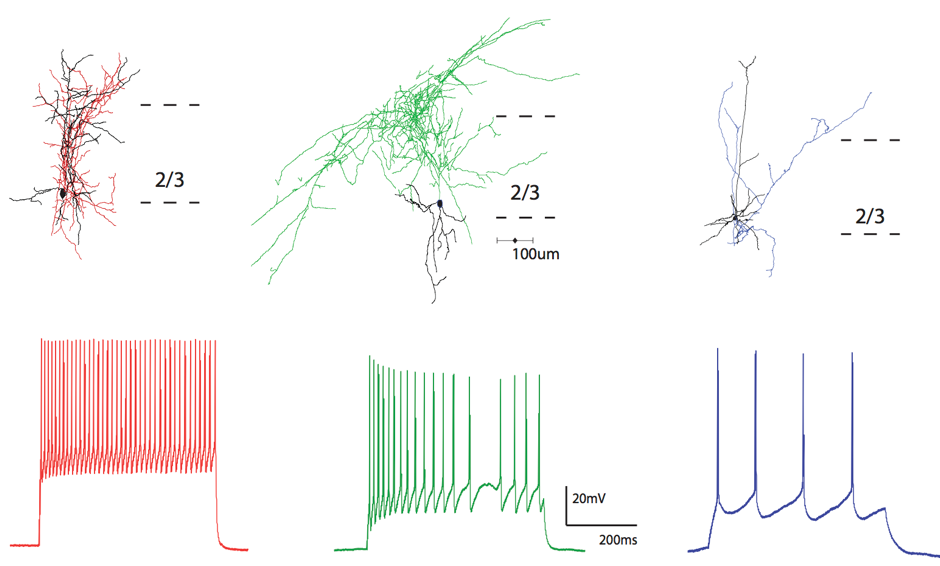The Brain Conference: The Necessity of Cell Types for Brain Function
Organiser: FENS
Additional Organiser: Lundbeck Foundation
Event Dates: 07—10 Oct 2018
- 07/10/2018
- 08/10/2018
- 09/10/2018
- 10/10/2018

In spite of over a hundred years of research, neuroscientists still lack a general theory of how cortical circuits operate. This is partly due to the large complexity of cortical neuronal subtypes and their interconnectivity, which form the “impenetrable jungles where many investigators have lost themselves”, as Cajal put it.
In fact, it is not even clear how many types of cortical neurons exist, and, without this “part list” it will be difficult to understand the structure and function of the cortical circuits. In the last decade, novel methods have been developed that enable the systematic sampling of the phenotypes of excitatory and inhibitory cortical neurons. These datasets may make possible the assembly of objective and quantitative classifications of cortical cell types.
In this meeting we will review recent results from molecular, anatomical and functional mapping of cortical neurons, as well as computational methods to quantitatively define cell types and classify them. We will address and aim for a tangible consensus output for three questions: 1 – What is a cortical cell type? 2 – What are the basic cortical cell types? 3– How should they be named?
Note: The poster board dimensions for the scheduled Poster Sessions are of 1 meter wide and 2 meters high (portrait format).
Co-Chairs

Ed Lein
Allen Institute for Brain Research

Rafael Yuste
Columbia University in the City of New York
For enquiries and press registration, please contact: brain@fens.org